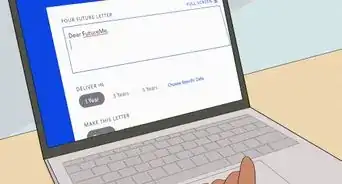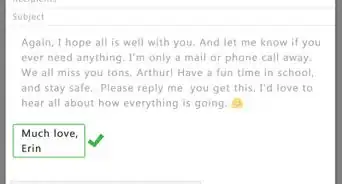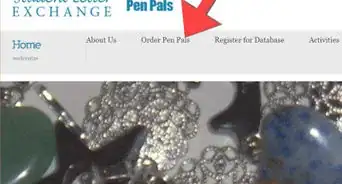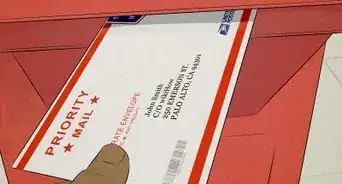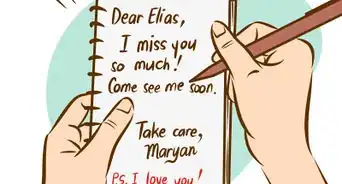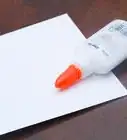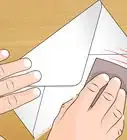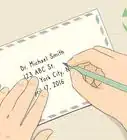wikiHow is a “wiki,” similar to Wikipedia, which means that many of our articles are co-written by multiple authors. To create this article, 13 people, some anonymous, worked to edit and improve it over time.
wikiHow marks an article as reader-approved once it receives enough positive feedback. In this case, 88% of readers who voted found the article helpful, earning it our reader-approved status.
This article has been viewed 434,703 times.
Learn more...
Depending on what's inside, opening an envelope can be a wonderful, exhilarating, or even intimate experience that's worth doing properly. However, if you see an envelope that's supposed to be closed but is just begging to be opened, there are ways to peek inside without anyone knowing the difference.
Steps
Opening an Envelope with Steam
-
1Place a tea kettle on the stove. Boil water in a tea kettle until steam begins to shoot through the spout. The steam is what you'll use to loosen the glue in the envelope you want to open.[1] Keep in mind that the steam method can get a little messy and potentially warp the paper, so if it's imperative that the envelope looks fresh and new, you might want to just use a new envelope instead.
- If the steam is coming out in a strong, steady stream, stick a spoon in the spout to diffuse it. That way it won't be as likely to warp the paper with a thick stream of moist heat.
- If you don't have a tea kettle, simply boil a small pot of water until it produces steam.
-
2Place the envelope seal in the steam. Steam is hot, so you'll probably want to use a pair of tongs or an oven mitt to hold the seal of the envelope under the steam so your hand doesn't get burned. Hold the envelope there for about 20 seconds to give the steam time to loosen the glue.[2]
- If your envelope is a long business-sized envelope, run the entire thing over the stream of steam to make sure each portion of the glue gets loosened.
- Don't hold the envelope in the steam for more than 20 seconds, or the paper will begin to warp.
Advertisement -
3Use an envelope opener to lift the flap. Lay the envelope on a table and carefully run an envelope opener under the flap to loosen it. Open the flap so that you can remove the contents of the envelope. You want to open the envelope slowly enough that you don't accidentally rip it, but quickly enough that the glue doesn't begin to reseal.
- If the flap doesn't seem to be giving, and it tears slightly instead of easily lifting, place it back under the steam so you don't end up ripping it.
-
4Let the envelope dry. After you've finished removing and replacing the contents of the envelope, let the envelope get completely dry before you seal it back up. In order to prevent wrinkling, lay a sheet of waxed paper over the envelope and put a heavy book on top. Pressing the envelope flat while it dries will keep it looking fresh.
- You could also iron the envelope flat to prevent it from wrinkling. If you choose to do this, be sure not to leave the iron on the paper for more than a few seconds, since the concentrated heat can cause the paper to turn yellow or burn if you're not careful.
-
5Reseal the envelope. The glue will have lost its tackiness after coming into contact with the steam, so you'll have to use a different method to reseal the envelope. To reseal the envelope so that it looks as though it was never opened in the first place, try one of the following techniques:
- Use a gluestick. Since the glue in a gluestick is relatively dry, you can use it to reseal the envelope quite discreetly. Apply glue to the edge of the flap and close the envelope. Good as new.
- Use a wet glue. White school glue, superglue, or another type of wet glue is fine to use if you don't have a gluestick. Just make sure you use as little as possible, so the envelope doesn't get wrinkled with moisture.
Freezing an Envelope Open
-
1Place the envelope in a plastic freezer bag. Protecting the envelope from ice and moisture is essential, since these elements can cause it to warp.[3] When an envelope gets wrinkled, it's a dead giveaway that it was tampered with.
-
2Place the envelope in the freezer for several hours. The very cold temperature in the freezer will cause the glue to lose its stick. You can keep it in the freezer for as long as you need to. Make sure it's in there for at least a few hours, or the glue might hold fast when you try to open the envelope.[4]
- In order for this method to work, you must use the freezer, not the refrigerator. The refrigerator's temperature isn't cold enough to make the glue unstick.
- If you don't have a freezer available, try placing the envelope in a plastic bag, then submerging it in a bowl full of ice water. This is quite risky, since a leak in the bag could cause water to flow inside and ruin the envelope and its contents.
-
3Open the envelope. After a few hours in the freezer, you might be able to simply open the envelop with your fingers. If it doesn't easily pop open, use an envelope opener or a knife to gently open the flap. If the flap still won't budge, put the envelope back in the freezer overnight and try again.[5]
-
4Reseal the envelope. When you use the freezer method, the frozen glue loses its stick, but it gets tacky again when it thaws. To reseal the envelope, simply wait a few minutes for the envelope to warm up to room temperature, then press the flap shut. The envelope should now be sealed with no sign that it was ever opened.
- If the flap won't stick when you try to reseal it, use a gluestick to keep it shut.
- If you don't have a gluestick, use a very light application of white school glue or superglue to close it.
Community Q&A
-
QuestionHow do I open an envelope with a wax seal, without damaging the seal?
 Community AnswerYou can try cooling it down in your freezer, then gently scraping a knife under the seal to pop it up without damaging it. To reseal, quickly run a lighter under the seal and press it back on.
Community AnswerYou can try cooling it down in your freezer, then gently scraping a knife under the seal to pop it up without damaging it. To reseal, quickly run a lighter under the seal and press it back on.
References
- ↑ https://bizfluent.com/how-7592593-open-envelope-reseal.html
- ↑ https://www.youtube.com/watch?v=4VZyXjWfHXI
- ↑ https://bizfluent.com/how-7592593-open-envelope-reseal.html
- ↑ http://lifehacker.com/5845438/open-a-sealed-envelope-by-putting-it-in-the-freezer
- ↑ https://bizfluent.com/how-7592593-open-envelope-reseal.html
About This Article
To open an envelope without anyone knowing, start by boiling water inside a tea kettle. Once steam starts shooting from the spout, grab the envelope with a pair of tongs and hold the seal under the steam for about 20 seconds. With the glue loosened, carefully lift the envelope flap with a letter opener. Remove the contents and let the envelope dry. When you’re done snooping, replace the contents and reseal the envelope with a small amount of glue. If you want to learn how to freeze the envelope to read what's inside, keep reading!
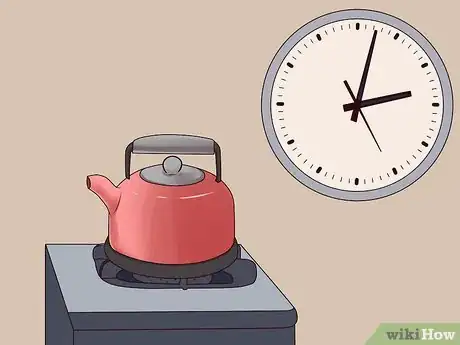
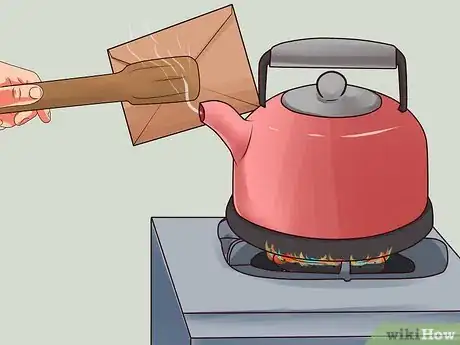
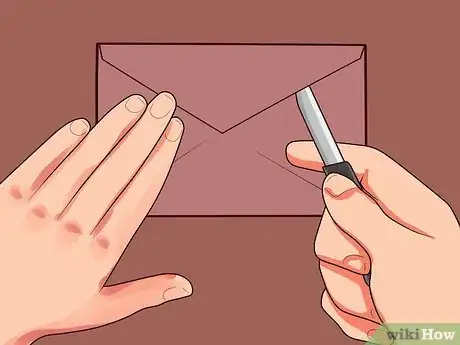
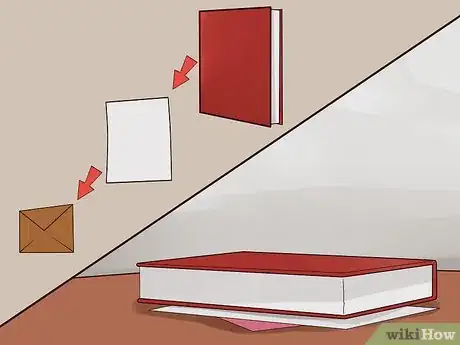

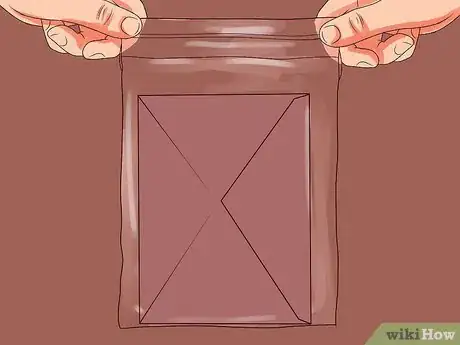
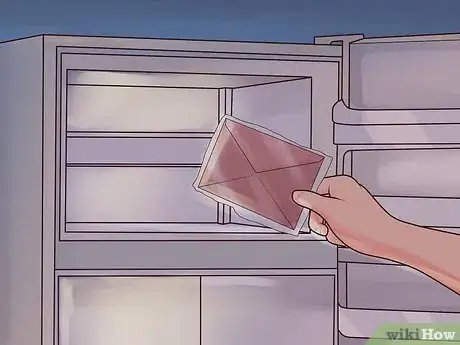
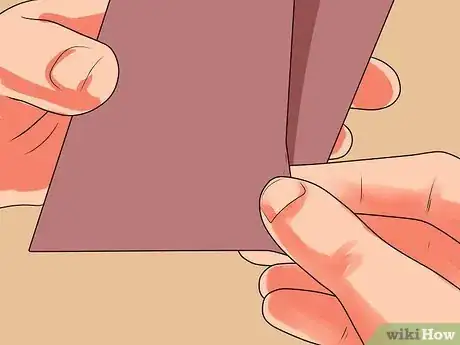
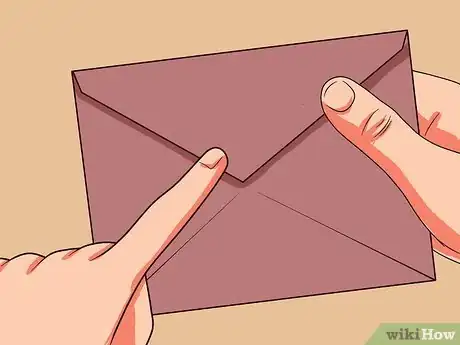


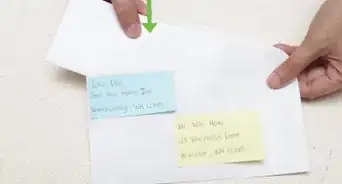
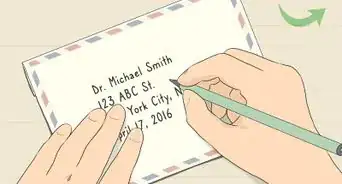
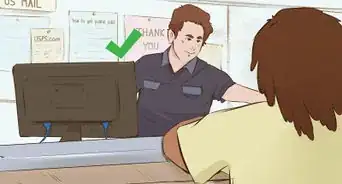
-Step-10.webp)
